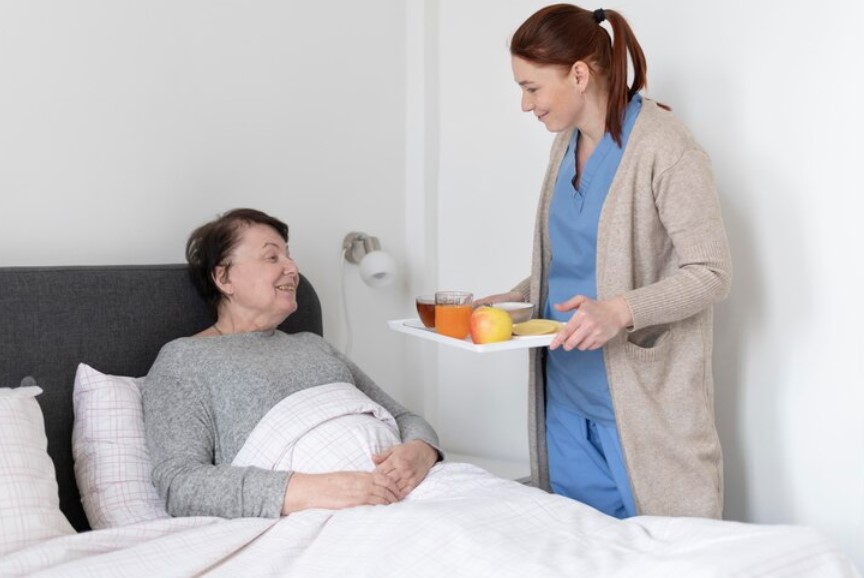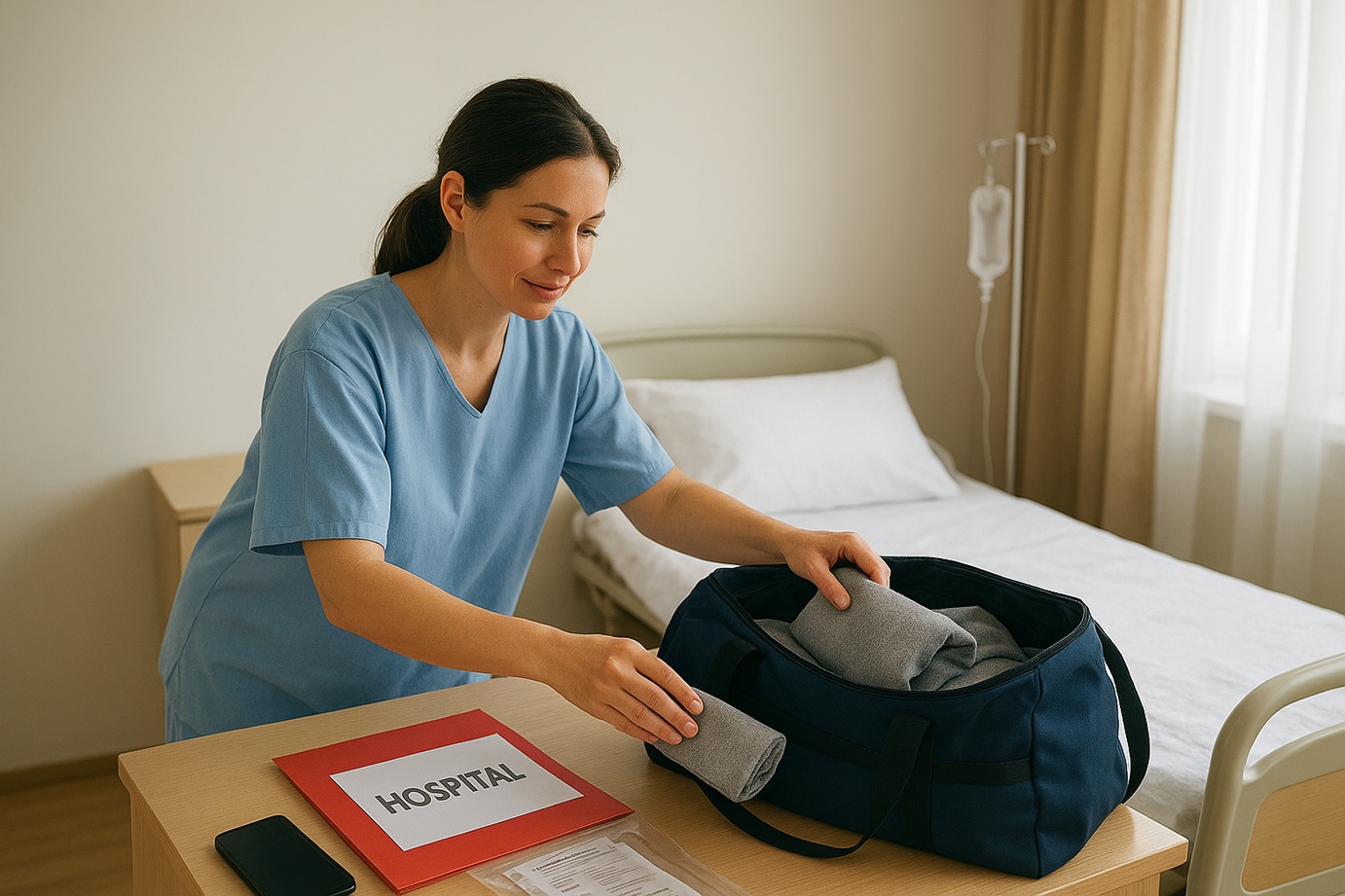27
Aug 2024
Rising Insurer Payments to Hospitals Lead to Increased Out-of-Pocket Costs
Published in News on August 27, 2024

Private health insurers warn that escalating specialist fees and the rising cost of medical devices are likely to push premiums even higher. Despite a surge in benefits paid to hospitals reaching unprecedented levels, patient numbers have yet to return to their pre-COVID-19 levels.
Recent data from the Australian Prudential Regulation Authority, released on Tuesday, highlights the financial pressures hospitals face, which are heavily reliant on insurer funding. This information surfaces as optimism dwindles regarding the Albanese government’s industry review, which has yet to resolve the ongoing deadlock between insurers and hospitals.
Private hospitals have indicated that even an increase in patient numbers won't alleviate the “viability crisis” confronting the sector, as the value of benefits has not kept pace with inflation.
Data reveals that health fund payments to hospitals climbed by 8% over the year ending June 30, reaching $18 billion. The June quarter alone saw benefits reach a record $3.1 billion.
Meanwhile, out-of-pocket expenses per treatment in private hospitals surged to $437.51, up from $408.38 the previous year, underscoring the growing financial burden on Australians for services their insurance does not fully cover.
Analysts have linked the spike in benefits to escalating costs, including increased wages for nurses and specialists, as well as the rising expenses of medical devices. This comes at a time when patient volumes in private hospitals are gradually increasing but remain below expectations. MST Marquee analysts noted that private hospital volumes grew by 2.9% year-on-year in the June quarter, with overnight stays inching up by just 0.4%, as more patients opted for day surgeries—a trend that has remained relatively unchanged over the past five years.
Insurers used this data to support their argument against being compelled to provide additional funding to struggling hospitals.
Rachel David, CEO of Private Healthcare Australia, warned that skyrocketing expenditures would inevitably lead to higher premiums in the coming years, potentially forcing many Australians out of the private health system if they could no longer afford coverage. Health Minister Mark Butler has the final say on annual premium increases.
Dr David highlighted an 18.8% increase in the volume of medical implants and surgical supplies claimed from health funds since 2019, with the costs of devices such as pacemakers, insulin pumps, and joint replacements surging.
"Despite four years of strong growth in health insurance membership, many Australians are struggling to pay their premiums. Some are barely hanging on. We must reduce wasteful spending and take concrete steps to curb health inflation," she stated.
According to the regulator’s data, the number of Australians with private health insurance reached a record 14.9 million, or 54.5% of the population, as of June 30, 2024. Insurers attribute this rise to growing concerns about the quality of care in public hospitals, where waiting lists have reached unprecedented lengths.
The Australian Private Hospitals Association (APHA) responded by pointing out that while patient numbers have returned to pre-COVID-19 levels, inflation has significantly eroded the dollar value of benefits paid by insurers. The real decline in benefits paid per episode—defined as the time an insured patient spends in hospital—between 2019 and 2024 was 7.3%, dropping to $2,975.94.
APHA president Christine Gee remarked, "It's encouraging to see a slight increase in episodes of care, with numbers just above 2019 levels, but this still represents a loss for the private hospital sector, as the value of benefits has not kept pace with inflation."
Blair Comley, Secretary of the Health Department, who is leading the government’s review of the viability of the nation’s 650 private hospitals, stated that the inquiry had provided the government with a "better fact base."
When asked about the ongoing tensions between insurers and hospitals over funding arrangements, Comley said, "These are commercial negotiations, which naturally involve some friction. That’s typical rather than the exception. We need to assess whether this system is the best one available."
On Monday, UnitingCare Queensland, which owns and operates four private hospitals, threatened to withdraw from its contract with the Australian Health Service Alliance, a major purchasing group representing 22 not-for-profit insurers. This marks the second public dispute over funding within the sector this year, following St Vincent’s earlier threat to sever ties with NIB. However, both entities managed to reach a new agreement last week.
Industry insiders suggest that the government is unlikely to provide a quick solution before the next federal election, with any recommendations from the review of the $22 billion sector likely focusing on long-term changes.
One proposal discussed recently is the adoption of a "national efficient price" model, which would establish a baseline price for services, similar to the approach used in the public healthcare system.
The soaring costs, rising wages, and declining patient numbers since the COVID-19 pandemic have led many of the country’s 650 private hospitals to operate at a loss.
For patients seeking accommodation during hospital stays, Hospital Stays offers a range of options tailored to those needing short or long-term lodging near medical facilities. Their services provide convenience and comfort, ensuring that patients and their families can focus on recovery without worrying about finding a place to stay.









![“Surprise Noises Can Feel Like Pain”: New Airport Rule Eases Travel for Autistic Passengers Emma Beardsley once dreaded going through airport security. “I used to panic every time they made me take my headphones off at security,” she recalls. “The noise and the unpredictability can be overwhelming.” Now, thanks to a new policy allowing noise-cancelling headphones to remain on during security checks, Beardsley says she can “travel more confidently and safely.”
In Australia, one in four people lives with a disability, yet the travel system has often failed to accommodate varied needs. Autism-inclusion advocates at Aspect Autism Friendly have welcomed the government’s updated guidelines that let autistic travellers keep their noise-reducing headphones on during screening, calling it a “major step” toward more accessible air travel.
Dr Tom Tutton, head of Aspect Autism Friendly, emphasises the significance of travel in people’s lives: it connects them with family, supports work and learning, and offers new experiences. But he notes the typical airport environment can be especially intense for autistic travellers:
“Airports are busy, noisy, random and quite confusing places … you’ve got renovations, food courts, blenders, coffee grinders, trolleys clattering … and constant security announcements. It’s really, really overwhelming.”
“What might be an irritation for me is something that would absolutely destroy my colleague [who has autism]. Surprise noises of a certain tone or volume can genuinely be experienced as painful.”
Under the new policy — now published on the Australian Government’s Department of Home Affairs website — passengers who rely on noise-cancelling headphones as a disability support may request to wear them through body scanners. The headphones may undergo secondary inspection instead of being forcibly removed.
Dr Tutton describes this adjustment as small in procedure but huge in impact: it removes a key point of sensory distress at a critical moment in the journey. Aspect Autism Friendly is collaborating with airports to ensure that all security staff are informed of the change.
For many autistic travellers, headphones aren’t just optional — they are essential to navigating loud, unpredictable environments. Until now, being required to remove them during security has caused distress or even deterred travel.
Aspect Autism Friendly also works directly with airports, offering staff training, autism-friendly audits, visual stories, sensory maps, and other accommodations. Their prior collaborations include autism-friendly initiatives with Qantas. Dr Tutton notes:
“Airports have become this big focus for us of trying to make that little bit of travel easier and better.”
He advises people planning trips for travellers with disabilities to consult airport websites ahead of time. Some airports already offer quiet rooms or sensory zones — Adelaide, for instance, provides spaces where travellers can step away from the noise and regroup before boarding.
Beyond helping autistic individuals, Dr Tutton believes that more accessible airports benefit everyone. “These supports help lots of other people too,” he says. “When people are more patient, kind and supportive, the benefits flow to everyone. We all prefer environments that are well-structured, sensory-friendly, predictable and easy to navigate.”](https://c3eeedc15c0611d84c18-6d9497f165d09befa49b878e755ba3c4.ssl.cf4.rackcdn.com/photos/blogs/article-1061-1759742013.jpg)